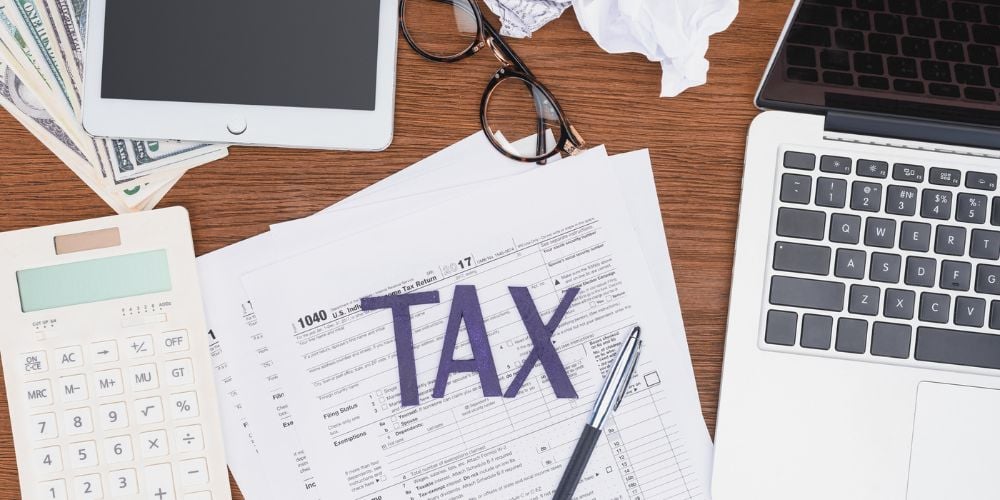The British royal family has long held an air of mystique and intrigue, captivating the imagination of people around the world.
In addition to their regal heritage and ceremonial duties, the royal family commands vast wealth accumulated over centuries.
This article explores in detail the sources of income that have contributed to the royal family’s fortune, and sheds light on the financial underpinnings of the monarchy.
How did the Royal family make their money?
Historical Context
To fully understand how the royal family amassed their wealth, it is crucial to delve into history. Royal fortunes were historically built on land ownership and estates.
The British monarchy owned vast tracts of land, encompassing grand estates, properties, and natural resources. These lands were often acquired through conquest, inheritance, or strategic alliances, and the resulting ownership became one of the foundation stones of royal wealth.
With significant landownership came various privileges and financial benefits. The monarchy received income from rents, agriculture, timber, and other activities associated with their extensive land holdings.
Throughout history, the royal family’s estates proved to be invaluable sources of revenue, providing the means to sustain their lavish lifestyle and support their administrative apparatus.

The Crown Estates
At the heart of the royal family’s finances is the Crown Estates. This extensive portfolio of land and assets is held in trust for the reigning monarch and ensures a stable source of income.
The Crown Estates encompass valuable land, prime real estate, and commercial properties across the United Kingdom.
The management of the Crown Estates is entrusted to an independent body known as the Crown Estate. This organization maximizes the value of the assets while preserving their long-term sustainability.
The revenue generated from these assets is then allocated to finance the sovereign’s official duties and various expenses, such as the maintenance of royal palaces and the cost of state visits.
The Crown Estates play a pivotal role in the funding of the royal family. Revenue from the estate has seen consistent growth over the years, providing essential financial support for the monarchy’s activities and reducing dependence on other funding sources.
Official Funding Mechanisms
In the past, the primary funding mechanism for the royal family’s activities was the civil list. This arrangement, established in the 18th century, involved the government providing a set amount of money to cover the monarch’s official duties and household expenses.
However, in 2012, the civil list was replaced by a new funding mechanism called the Sovereign Grant. The transition aimed to modernize and streamline the financial arrangements, ensuring greater transparency and accountability.
Under the Sovereign Grant, the royal family receives a fixed percentage of the revenue generated by the Crown Estates. The Sovereign Grant covers the cost of the royal family’s official duties, including travel expenses, staffing, palace maintenance, and other essential expenditures.
This funding mechanism undergoes regular reviews to ensure its adequacy and reflects the changing needs of the monarchy.
Ancillary Income Streams
Beyond the Crown Estates and official funding, the royal family benefits from various ancillary income streams.
One significant source of income is their extensive collection of art, which includes famous works from renowned artists.
These valuable pieces not only provide cultural prestige but also present opportunities for financial gains through exhibitions, licensing agreements, and merchandise sales.
The royal family has also shown astuteness when it comes to investments and business ventures.
While the exact details of these investments remain private, it is known that the royal family has diversified its financial portfolio, including stocks, bonds, and property holdings.
These investments have likely served as a reliable source of additional income, further strengthening the royal family’s financial position.
Furthermore, tourism and the revenue generated by visitors to royal residences contribute significantly to the royal finances.
Historic places such as Buckingham Palace, Windsor Castle, and the Tower of London draw millions of tourists each year, enhancing local economies and generating income for the royal family.
The allure of experiencing the rich history and opulent surroundings associated with the royal family proves to be a key economic driver for the UK.

Frequently Asked Questions
How much does the royal family cost the taxpayer per person?
The royal family’s annual cost to each taxpayer is estimated to be around £1.24 ($1.69) per person in the UK.
How did the royal family originally create their wealth?
The royal family’s wealth has been built over centuries through land ownership, estates, and property investments.
Who is the richest member of the royal family?
While the exact wealth of individual royals is difficult to ascertain, King Charles III is considered one of the richest members of the family due to his share of the Crown Estate’s revenue.
Does the royal family cost more than it makes?
The royal family generates significant income through various sources, such as the Crown Estates and tourism, which often outweigh the expenses incurred.
Why do taxpayers pay for the royal family?
Taxpayers fund the royal family to finance their official duties and maintain historic properties. The monarchy also plays a crucial role in national tourism and represents the nation on the global stage.
How much money does the royal family bring in from tourism?
It is challenging to determine an exact figure, but it is estimated that the royal family’s association with tourism brings billions of pounds annually to the UK economy.
Conclusion
The royal family’s wealth is a complex tapestry woven through a mixture of sources, including the Crown Estates, investments, and ancillary income streams.
The management of financial resources and the accountability to taxpayers has undergone changes over time, with the Sovereign Grant replacing the civil list.
Through careful stewardship and astute financial decisions, the royal family ensures financial sustainability, preserving its symbolic role within society and the monarchy as a whole.
In summary, the royal family’s wealth is not solely reliant on traditional means; rather, it encompasses a diverse range of assets and activities that have enabled the monarchy to thrive financially while representing the rich history and cultural heritage of the United Kingdom.


 Tags:
Tags:










